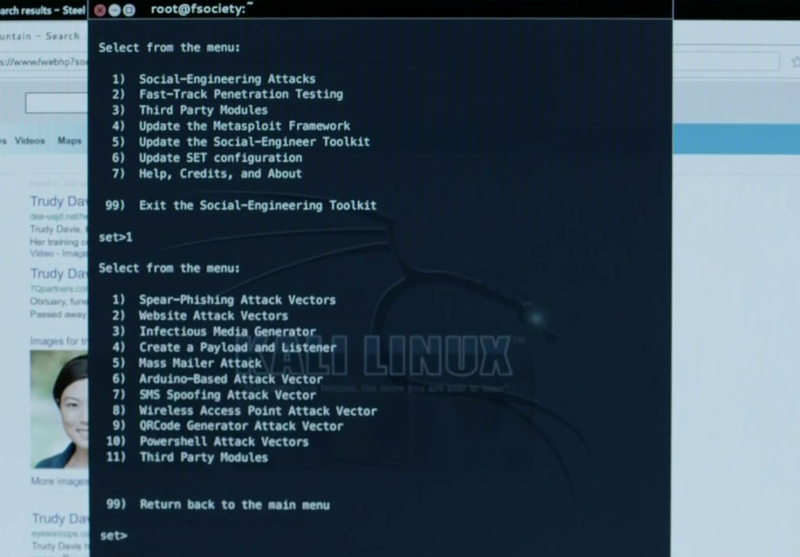Lets get this started with a little precursor, there are currently 2 basic types of memory containers utilized by computer systems. First, you have your RAM, random access memory, which is used as a temporary way to process data to help smoothly operate memory intensive programs like video games or complex computation software. It can only store information when the system has power, it is the fastest kind of memory but it is not practical for long term storage due to its pricing and power requirements. That is were hard drives come in, as the second type of memory containter they are massive, storage wise, and are able to hold information even without power. These come in two forms HDDs, typically a lot of space but slower, and SSDs, less space(for the same price) but a lot faster.
So who cares about 3D Xpoint (cross point) when we already have these perfectly fine forms of storage. Lets compare the numbers, RAM operates at latency time measured in nanoseconds, SSDs operate at latency time measured in microseconds (1000 nanoseconds) and HDDs operate at latency time measured in milliseconds (1000000 nanoseconds). So were does the Xpoint fall, supposedly around the 10 nanoseconds mark, so its a touch slower than RAM but it leaps ahead in other areas.
Like did I mention it was also a form of massive memory storage, although a different thing from HDDs and SSDs. So it has a speed approaching that of RAM with the storage capabilities of a hard drive. Plus a couple extra hard drive like bonuses, it will be cheap and it won't need power to keep things stored. The Xpoint is expected to come in above SSD's in the price per amount of storage department but well below RAM, meaning if you need something of medium size as fast as possible XPoint is the way to go. The fact that it won't need power to keep its ones and zeros also makes it more viable than typical RAM as it will be able to store important things across power cycles (shutdowns and restarts).
So it's the future right? Well not for all of us, it is not expected to replace either RAM or hard drives but rather to work along side them, helping in areas where the other 2 fall short. It is not however expected to make a huge incursion into everyday computing. It will more be seen in the two places all high end computer parts go, gaming and big data. Those little advantages that Xpoint holds will be magnified 1000 times when put on the scale of such massive companies as Google and they will help them achieve
their goal of world domination.
| A mock up of Intel and Microns new 3D Xpoint |
Like did I mention it was also a form of massive memory storage, although a different thing from HDDs and SSDs. So it has a speed approaching that of RAM with the storage capabilities of a hard drive. Plus a couple extra hard drive like bonuses, it will be cheap and it won't need power to keep things stored. The Xpoint is expected to come in above SSD's in the price per amount of storage department but well below RAM, meaning if you need something of medium size as fast as possible XPoint is the way to go. The fact that it won't need power to keep its ones and zeros also makes it more viable than typical RAM as it will be able to store important things across power cycles (shutdowns and restarts).
So it's the future right? Well not for all of us, it is not expected to replace either RAM or hard drives but rather to work along side them, helping in areas where the other 2 fall short. It is not however expected to make a huge incursion into everyday computing. It will more be seen in the two places all high end computer parts go, gaming and big data. Those little advantages that Xpoint holds will be magnified 1000 times when put on the scale of such massive companies as Google and they will help them achieve
their goal of world domination.











